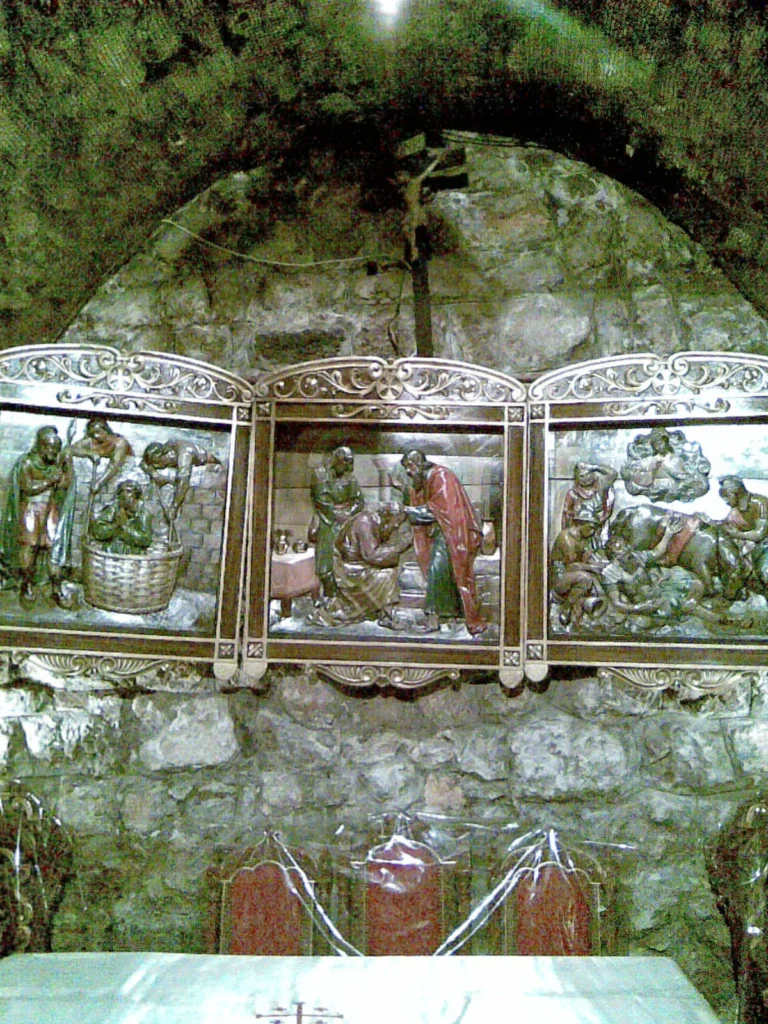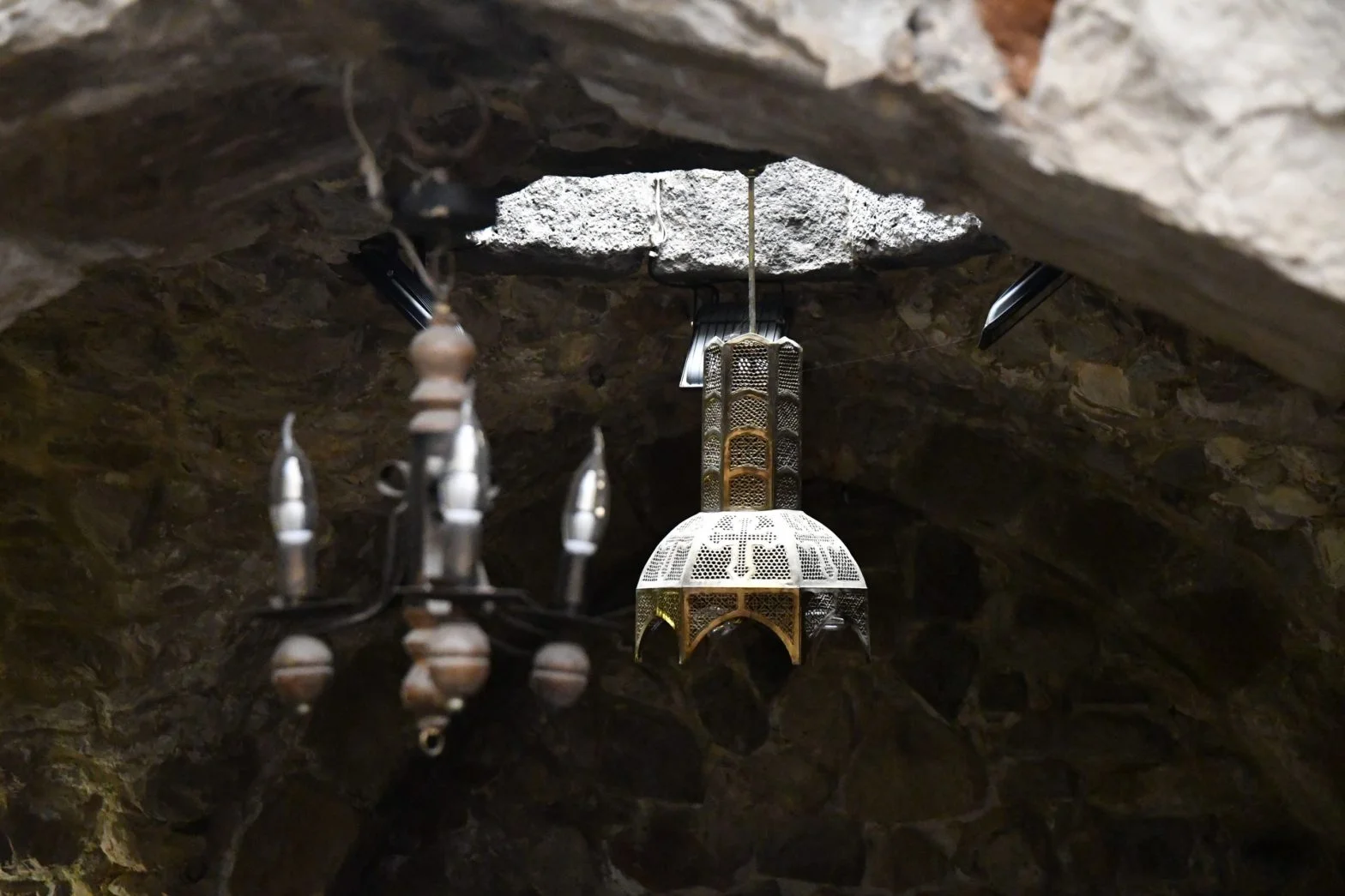by Jihad Sulaiman
There are many stories that originate in Damascus and have found their way into the whole world. One of them comes from the house of Hanania. There Saul (2–64 A.D.) was baptized by Hanania – a disciple of Christ – although he had previously been one of the greatest persecutors of the Original Christians. After a holy vision (revelation), however, he spread the message of the “new religion” under the name of Apostle Paul as far as Rome, before he died there for his faith.
According to the Apostle history, events begin in Tall Kawkab. This place is located about 15 km south of Damascus on a historic road leading from Palestine to Damascus. Saul was commissioned by the high priest to persecute and arrest the followers of Jesus Christ in Damascus. On the way there, Saul lost his sight. In Tall Kawkab he received a vision and then sought redemption from Hanania. Through the baptism of Hanania he found salvation and regained his sight.
In the old town today the way leads from the eastern city gate to the house of Hanania through the Hanania Lane, which is lined by small Damascene houses closely lined up. The church gate leads to a small courtyard with statues. One shows the baptism of Saul by Hanania, while the other shows Hanania raising his arms to heaven.

There is a narrow door northeast of the courtyard. Behind it, a small stone staircase leads to a five meters deep underground cave that forms the Hanania church. It is divided into two parts. The northeast area forms the nave of the church. Northwest of it there is a smaller side chamber. The floor is covered with large striped tiles connected by black joints. In the nave there are wooden benches lined up parallel on both sides. Three paintings hang in a dim light in the altar niche of the stone church. The first painting depicts Saul’s vision, in which he loses his sight. Another painting shows Hanania laying his hand on Saul to regain his sight. The third painting depicts the escape of the apostle Paul as he is lowered down the city wall in a basket after being betrayed for his faith.

The fascinating paintings and the atmosphere in the church create a need for visitors to learn more about the stories and travels of the Apostle Paul and to ask new questions. Many of these questions are answered in other pictures in the small chamber. The paintings here tell of the religious life of the Apostle Paul and his four journeys from 46 to 62 A.D. to Jerusalem, Antakya (Antioch), Cyprus, Greece and Crete. His last mission journey ended in Rome deadly by the sword of Nero.

In his book “The Oriental Cabinet” the author Habib az-Zayyat mentions that the church of Hanania was built over a pagan temple. The church was built during the reign of the Umayyad khalif Walid ibn ʿAbd al-Malik. Today it is one of the oldest Christian churches in the world and the second oldest church in Damascus. However, according to the researcher Habib Salloum, it is assumed that the current church was the cellar of the house of Hanania. Another assumption is that it was once built on the level of the Roman road.
Anyone interested in the story of the apostle Paul can visit three other places in Syria today: The Church of Revelation in Tall Kawkab, the Church of St. Paul in the Damascene district of Bab Kisan (where he was let down from a window in a basket during his escape) and the second church named after Hanania in the Qurashi Alley in the Damascene district al-Midan. According to legend, there is a corner here from which holy oil drips. This strengthens the assumption, the belief, that the tomb of Hanania is there.
